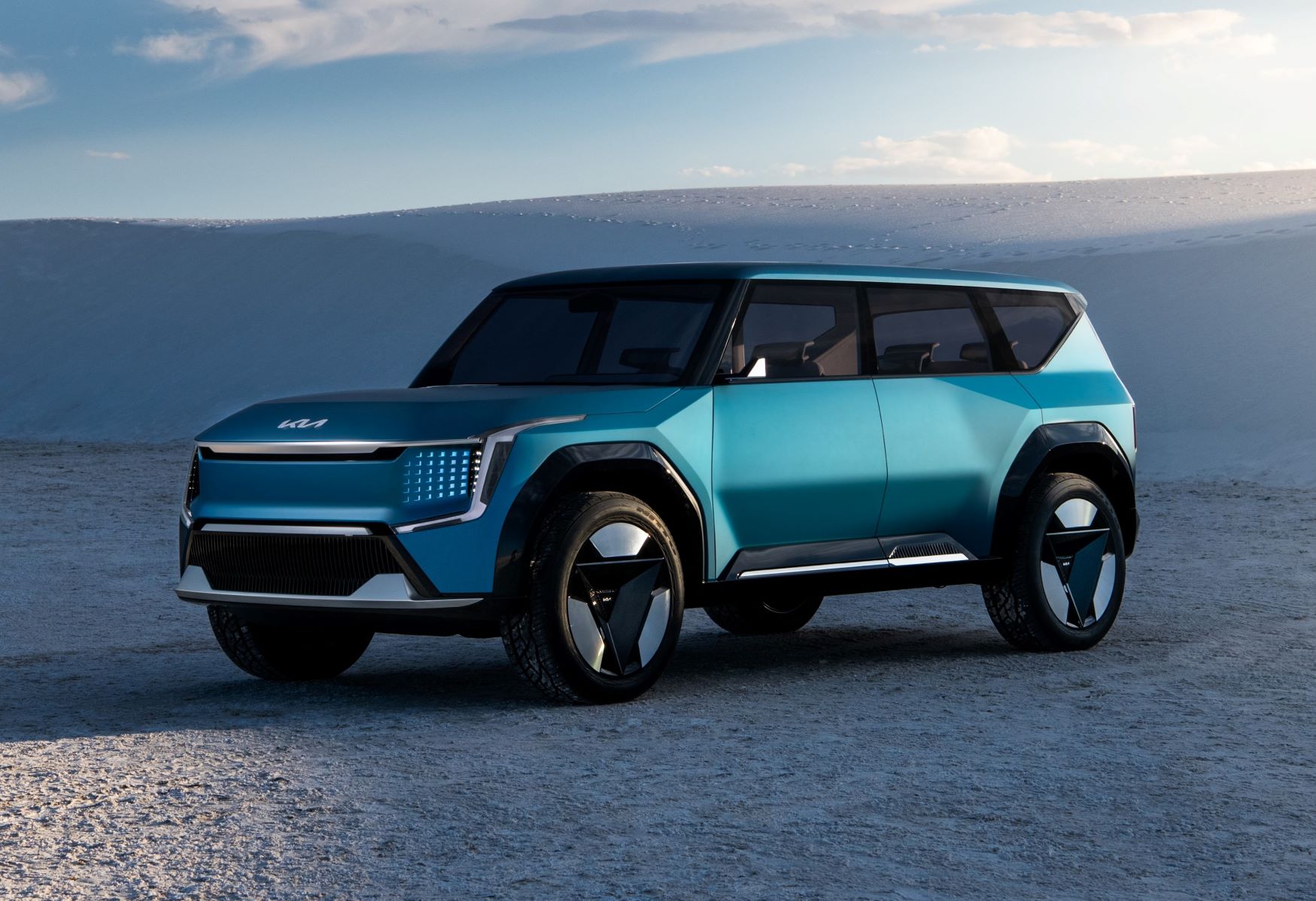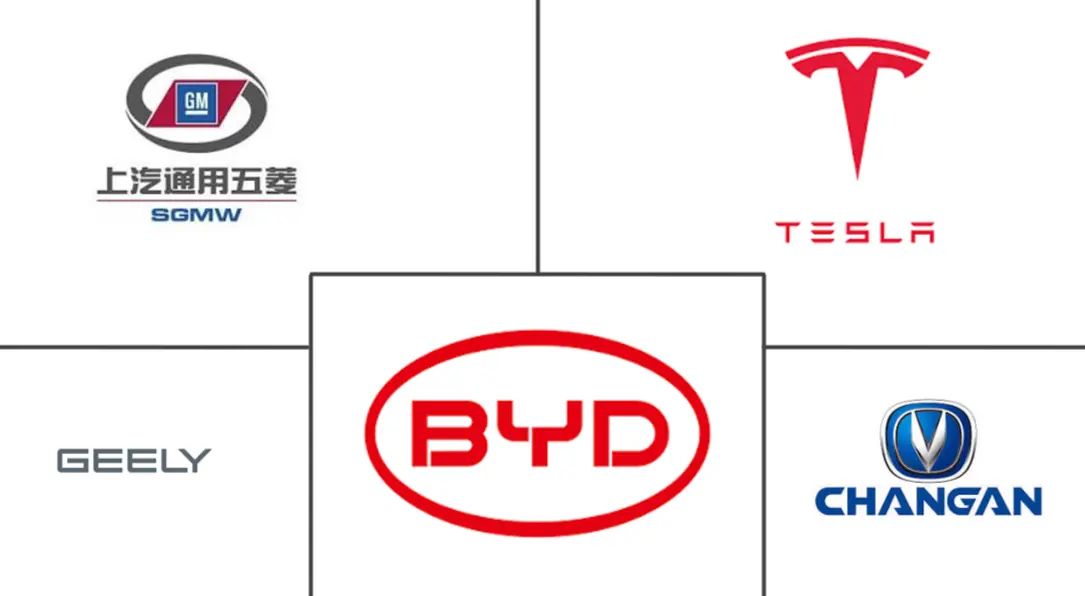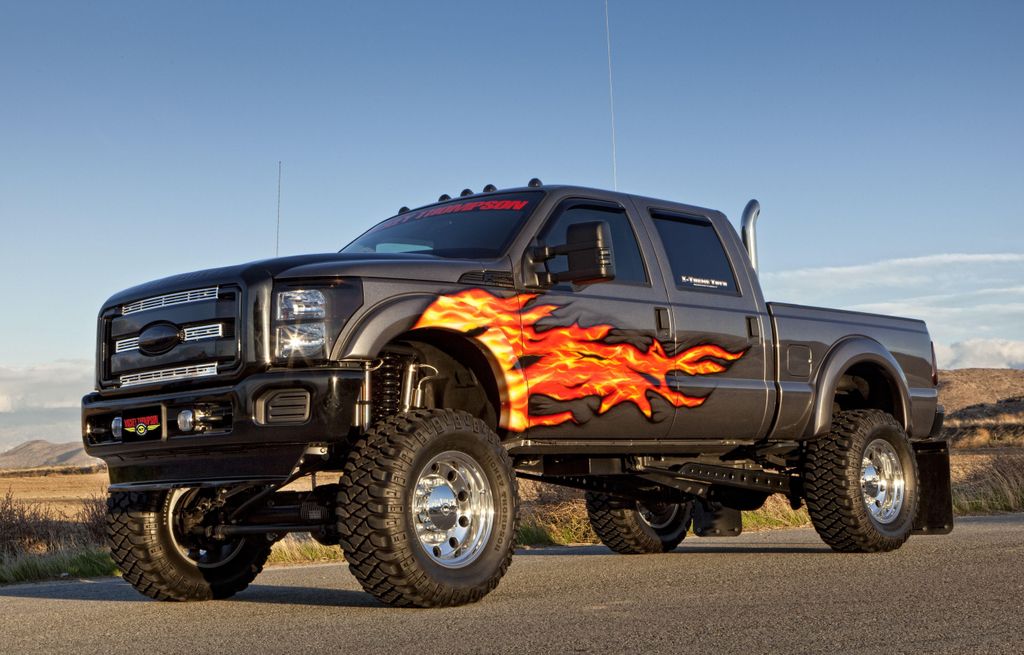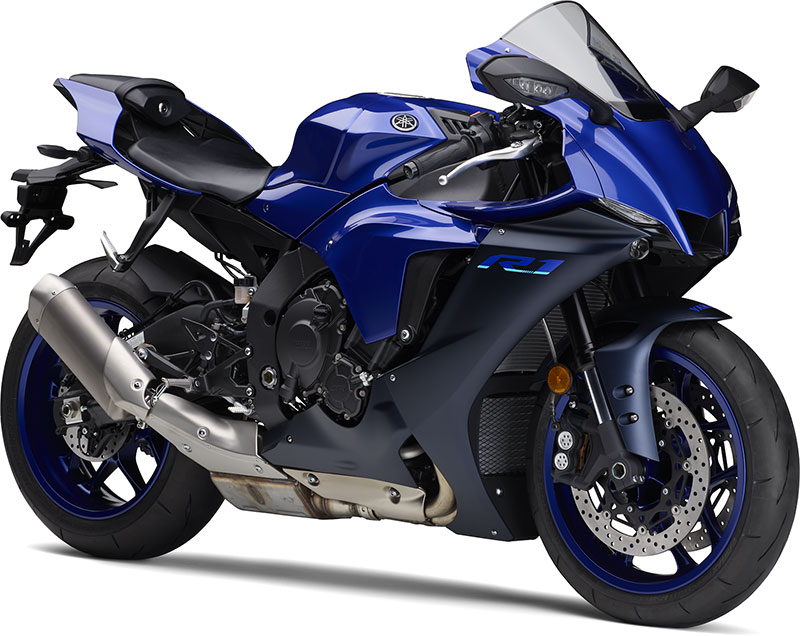
The world of motorcycle ownership is filled with exhilaration, freedom, and an undeniable connection to the open road. Yet, inevitably, a time comes for many riders when parting ways with their cherished two-wheeled companion becomes a consideration. Whether driven by the desire for an upgrade, a shift in personal circumstances, or simply a readiness for a new adventure, the decision to sell is often significant. But in the dynamic realm of motorcycle sales, merely deciding to sell is only half the battle; the true mastery lies in understanding *when* to sell.
Timing, as seasoned enthusiasts and market experts alike will tell you, plays a profoundly crucial role in dictating not just how quickly you find a buyer, but also the ultimate price you receive. It’s a complex interplay of seasonal trends, underlying economic currents, personal situations, and even the very condition and location of your motorcycle. Navigating these intricacies can feel like a ride through winding mountain roads, but with the right insights, you can chart a course towards a successful and satisfying sale.
In this comprehensive exploration, we’ll dive deep into the multifaceted factors that influence the optimal moment to sell your motorcycle. We’ll dissect the rhythmic patterns of the market, offering detailed guidance on how to leverage peak buying periods and cleverly circumvent slower sales cycles. Our aim is to equip you with the authoritative, well-researched knowledge needed to transform your selling journey into a smooth and profitable endeavor, ensuring your beloved machine finds its next rightful owner at the best possible value.
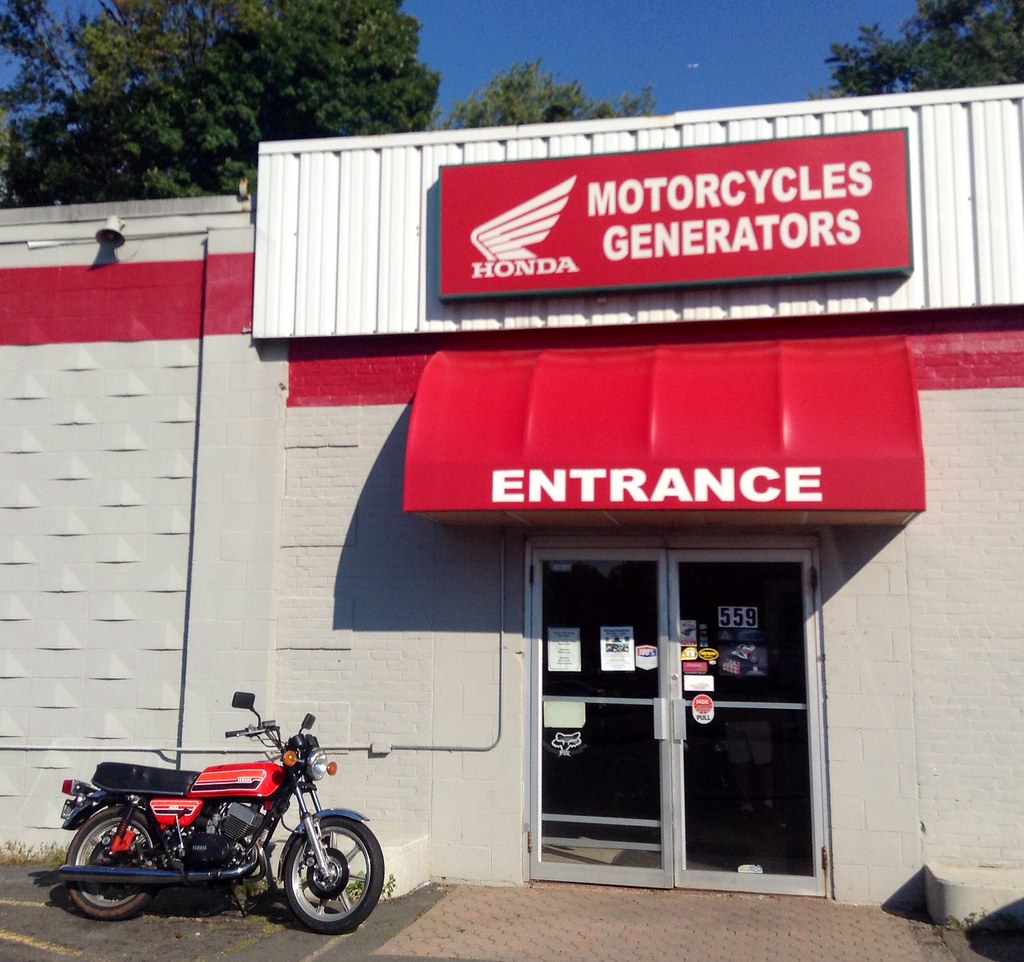
1. Seasonal Dynamics: Spring’s Peak Demand
Spring unequivocally stands as the prime season for motorcycle sales, a period when the market truly blossoms. As the long, often cold winter months recede, riders across the country emerge from hibernation, their anticipation for hitting the open road palpable. This surge in excitement directly translates into a heightened demand for motorcycles, making early spring – typically from March to May – the absolute sweet spot for sellers. The combination of warming weather and the eagerness for the upcoming riding season creates an environment where buyer interest is at its zenith.
During this vibrant period, sellers gain significant leverage, allowing them to set competitive prices and often achieve quicker sales. Potential buyers are actively looking to acquire a new bike before the best riding weather fully arrives, turning their eagerness into stronger offers. It’s an ideal scenario for anyone looking to maximize their return, as the sheer volume of interested parties drives market activity and ensures your listing receives ample attention. The natural desire to “gear up before the best riding weather hits” means shoppers are highly motivated.
Adding to spring’s allure is the timing of tax refund season, which conveniently coincides with this peak demand. Many individuals find themselves with extra disposable income, and a significant portion of this cash is often earmarked for larger purchases, including a new motorcycle. This influx of capital into the market further fuels buyer activity, creating a dual advantage for sellers. Dealers, too, recognize this trend, often offering attractive sales and discounts to bolster their pre-owned inventory, indirectly reflecting the overall market buoyancy.
For those aiming for top dollar and a fast sale, listing your motorcycle at the beginning of spring or early summer ensures you capitalize on this peak demand. Buyers are most eager to purchase when the riding season is just starting, giving you the upper hand in negotiations. This strategic move aligns perfectly with catching “eager buyers at the right moment” and securing “a quicker, stronger deal.”

2. Summer’s Consistent Flow: Sustained Selling Opportunities
Following the intense peak of spring, summer maintains a remarkably strong and consistent demand for motorcycles, albeit with a slightly different market dynamic. From June to August, riding conditions are at their absolute best across most regions, ensuring that interest in motorcycles remains high. While the initial surge of spring might temper slightly, the sustained pleasant weather keeps riders on the road and potential buyers engaged in the market. This makes summer an excellent continuation of the selling window.
The consistent demand throughout summer means that if your goal is to sell quickly, you are highly likely to find a buyer. The market remains active, with a steady stream of individuals looking to purchase or upgrade their bikes to make the most of the long riding days ahead. Many buyers look to upgrade their bikes in the spring as they prepare for the summer riding season, but this interest often carries well into the summer months themselves, providing a prolonged opportunity for sellers.
Price stability is another significant advantage of selling during the summer. While prices might not experience the sharp peaks seen in early spring, they generally remain stable, allowing sellers to achieve a reasonable sale without undue delay or aggressive negotiation. This period is less about capturing the absolute highest bid at auction and more about securing a fair value quickly due to prevalent good conditions. You can generally get “top dollar for your bike” if listed at the start of summer.
Even as summer progresses towards its end, demand typically remains high, especially in areas blessed with warm climates where the riding season extends further into the fall. This extended window of opportunity allows sellers more flexibility. Listing your motorcycle at the start of the summer will capitalize on this interest and help you get top dollar for your bike, ensuring you leverage the continued enthusiasm for riding.

3. **Fall’s Transition: Strategic Selling as Seasons Shift
As the vibrant hues of summer begin to yield to the crisp air of autumn, the motorcycle market enters a period of transition. Typically spanning September to October, fall sees a gradual tapering off of demand, particularly in regions where winter arrives early and with severity. Riders start putting their bikes into storage, and the urgency to buy a new machine diminishes. However, this doesn’t mean selling in the fall is impossible; rather, it requires a more strategic approach and an understanding of the shifting buyer mindset.
One distinct advantage of the fall season is that potential buyers begin to contemplate their next ride for the *upcoming* season. This forward-looking perspective can create a receptive, albeit smaller, market. Buyers during this period might be planning winter projects, or simply looking to secure a bike for spring without the intense competition of peak season. This means that while overall demand declines, the specific type of buyer you encounter might be highly motivated, looking to score a bargain for future enjoyment.
Pricing competitively becomes paramount during this transitional period. As the off-season approaches, buyers naturally expect lower prices, and being realistic with your asking price can make your motorcycle a much more desirable option. Negotiations might lean more in favor of the buyer, so being prepared to adjust your price slightly is crucial for attracting interest and closing a deal. Properly preparing your motorcycle for sale, both mechanically and cosmetically, becomes even more important to stand out.
In warmer regions, the decline in interest during fall is less pronounced, as the riding season can stretch well into October or November. This provides sellers in these areas with a more extended window for a successful sale. For instance, in moderate climate states like North Carolina, Georgia, or Virginia, the window extends into late summer and early fall, offering sustained opportunities before the full chill sets in. Selling early in fall, after getting some final summer rides in, can certainly work, but prompt listing is key.

4. **Winter’s Chill: Overcoming Slow Sales
Winter, generally encompassing November to February, presents the most challenging period for selling a motorcycle. The combination of cold weather, snow, and ice in many regions makes riding impractical, leading to a significant drop in demand. Most potential buyers opt to wait until spring to commence their search, resulting in a notably slower sales period. However, calling it impossible to sell would be inaccurate; rather, it necessitates a highly strategic and often patient approach.
Sellers who need to move their bike during winter must be prepared for lower prices. Buyers willing to shop during the off-season are typically bargain hunters, expecting significant discounts. If you need to sell your bike in winter, be prepared to lower your asking price significantly. The market dynamics shift heavily in favor of the buyer, meaning that securing a high price is less likely, but moving the bike is still achievable with the right strategy.
One effective strategy for winter selling involves targeting specific buyer segments or locations. Riders in warmer regions, such as Florida or Southern California, experience mild temperatures year-round, meaning demand doesn’t drop as sharply. Sellers in colder regions might consider being open to shipping their motorcycle to another part of the country where riding is still an option. Additionally, some buyers actively seek out “winter projects,” looking for a bike they can work on during the cold months, ready for spring.
For those unwilling or unable to significantly drop their price, or who simply desire a hassle-free experience, selling to specialized Powersport Buyers can be an advantageous option during winter months. These entities often specialize in year-round motorcycle transactions, providing a convenient and secure channel regardless of the weather. Proper storage and maintenance of your motorcycle during winter are also crucial, ensuring it remains in the best possible condition should a buyer emerge.
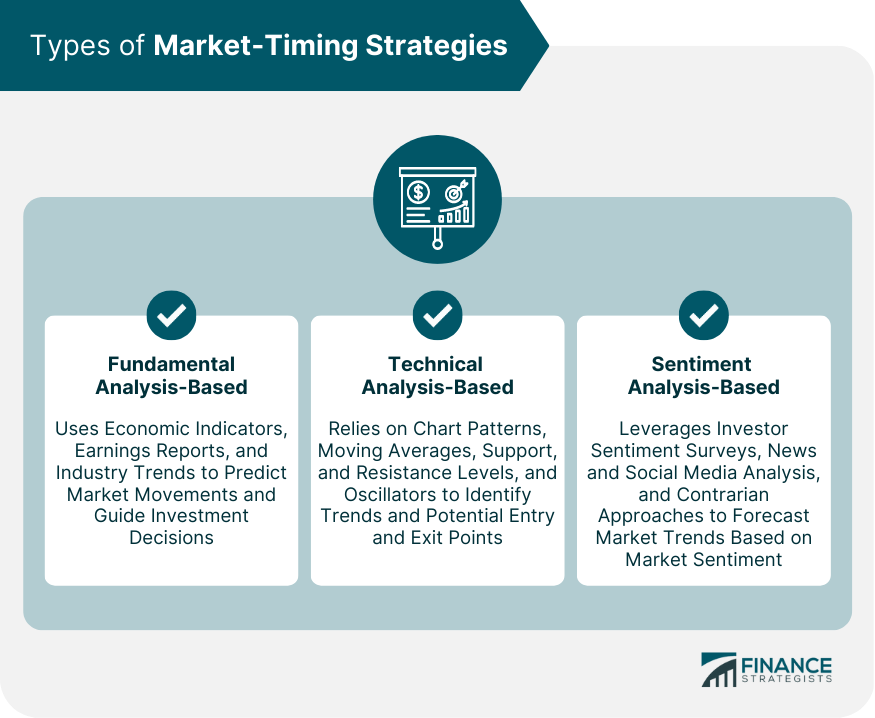
5. **Economic Undercurrents: Leveraging Market Conditions
Beyond the predictable ebb and flow of the seasons, the broader economic landscape exerts a substantial influence on motorcycle sales. Understanding these economic and market factors is crucial for any seller looking to optimize their timing and secure the best possible deal. Economic conditions, such as periods of growth or downturns, directly impact consumer spending habits and, consequently, the demand for discretionary purchases like motorcycles.
During periods of economic growth, when disposable income levels rise, consumers are generally more inclined to invest in motorcycles. This increased buying power can translate into higher demand and potentially better selling prices for your bike. Conversely, economic downturns can reduce demand as consumers tighten their belts, making it harder to sell your motorcycle at a premium. Being aware of these overarching trends allows you to leverage favorable market conditions to your advantage, aligning your sale with times of economic buoyancy.
Market factors also extend to industry-specific trends. Monitoring reports on global motorcycle sales, for instance, can provide valuable insights into the health of the market. A surge in global motorcycle sales, as evidenced by the 5.1% increase to 32.7 million units in the first half of 2024, signals a robust market where selling your bike could be highly advantageous. Such indicators suggest a healthy appetite for motorcycles, which can instill confidence in both buyers and sellers.
Leveraging economic conditions means more than just timing your sale; it also involves smart pricing. During times of economic prosperity, you might be able to set a more ambitious asking price. In leaner times, a competitive and realistic price becomes even more critical to attract buyers. Staying informed about these economic indicators and market trends allows you to make an informed decision, securing a better deal by aligning your sale with the prevailing financial climate.
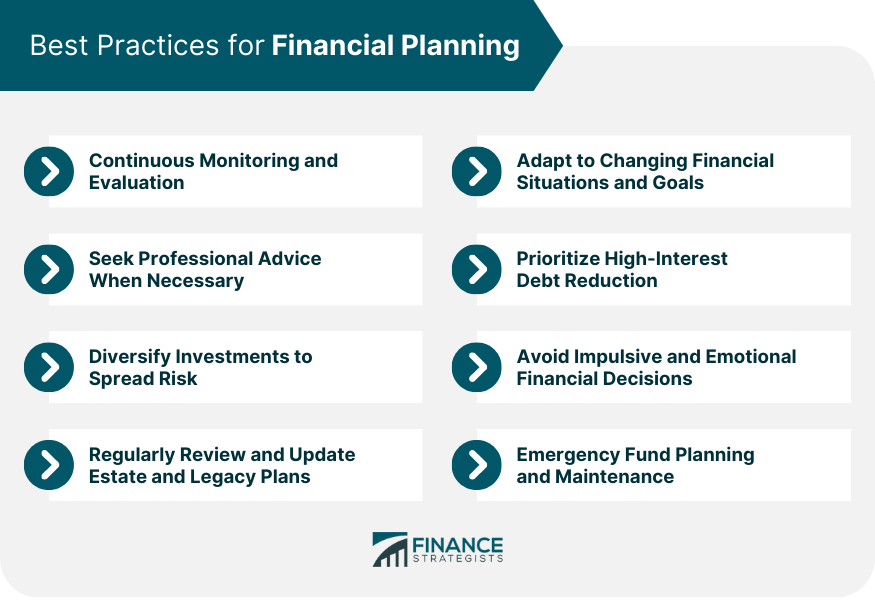
6. **Personal Imperatives: Aligning Sale with Life Changes
While seasonal trends and economic factors provide a general framework for optimal selling times, an often overlooked, yet equally critical, element is your personal circumstances. Your individual reasons for selling and your unique timeline should always heavily influence your decision. Sometimes, life dictates the terms, and rigid adherence to market peaks might not be feasible, or even desirable.
Anticipating significant life changes, such as a relocation, a new family addition, or financial needs, can make an early sale more advantageous than waiting for a theoretical market peak. For instance, if you need cash quickly, selling early to capture buyers ready for the season might take precedence over trying to eke out an extra few percentage points on the price. Your urgency to sell becomes a primary driver in these situations, outweighing other considerations.
Conversely, if time is on your side and you have the flexibility, you might choose to wait for the absolute best market conditions. This could mean holding onto a rare or limited-edition model, which might even increase in value over time if well-maintained and in high demand. The decision to sell sooner rather than later can also be influenced by a desire to avoid costly repairs that might be looming, or to free up funds for another investment or opportunity.
Ultimately, aligning your selling timeline with your personal needs and circumstances is paramount. Whether you’re preparing for an upcoming model release and want to experience the latest technology, or simply need to make a change due to evolving lifestyle requirements, your personal “why” for selling should be the compass guiding your “when.” Understanding that “your personal circumstances and reasons for selling should align with your timeline” ensures that the selling process serves your best interests.

7. **Where You’re Located: Warm Climate States (e.g., Florida, California, Arizona, Texas)
The geographical location of your motorcycle plays a supremely significant role in determining its optimal selling window, often overriding general seasonal trends. In states blessed with mild temperatures year-round, such as Florida, California, Arizona, and Texas, the demand for motorcycles remains remarkably steady throughout the calendar. This continuous interest means that sellers in these regions enjoy extended selling windows, often finding eager buyers even during what would traditionally be considered the off-season elsewhere. The consistent pleasant weather translates directly into a prolonged riding season, which in turn fuels a constant appetite for new bikes among enthusiasts.
A unique advantage for sellers in warm climate states is the potential for winter to emerge as a strong selling period. As riders in colder regions face snow, ice, and impractical riding conditions, many look towards warmer locales for their motorcycle purchases. This phenomenon transforms colder months into an unexpected opportunity, as out-of-state buyers actively seek to acquire bikes they can ride immediately or store in anticipation of their own riding seasons. These buyers are often motivated to make a purchase, even if it involves shipping the bike, due to the sheer impracticality of finding suitable options in their local, winter-bound markets.
The robust, year-round market activity in these states often translates into more consistent pricing. While there might still be minor fluctuations, the drastic seasonal price drops seen in colder regions are far less pronounced. This stability offers sellers greater confidence in their asking price, knowing that demand won’t suddenly vanish with the change of a calendar page. Furthermore, the sheer volume of listings and active buyers means that a well-maintained motorcycle is likely to attract attention quickly, regardless of the specific month.
For residents of these consistently warm states, the flexibility to list a motorcycle at virtually any time of year is a distinct luxury. This allows sellers to strategically align their sale with personal timing, financial goals, or the availability of new models, rather than being strictly dictated by the calendar. It ensures consistent market engagement and favorable sales opportunities, empowering owners to make a move when it best suits their individual circumstances, rather than being forced to wait for a seasonal peak.
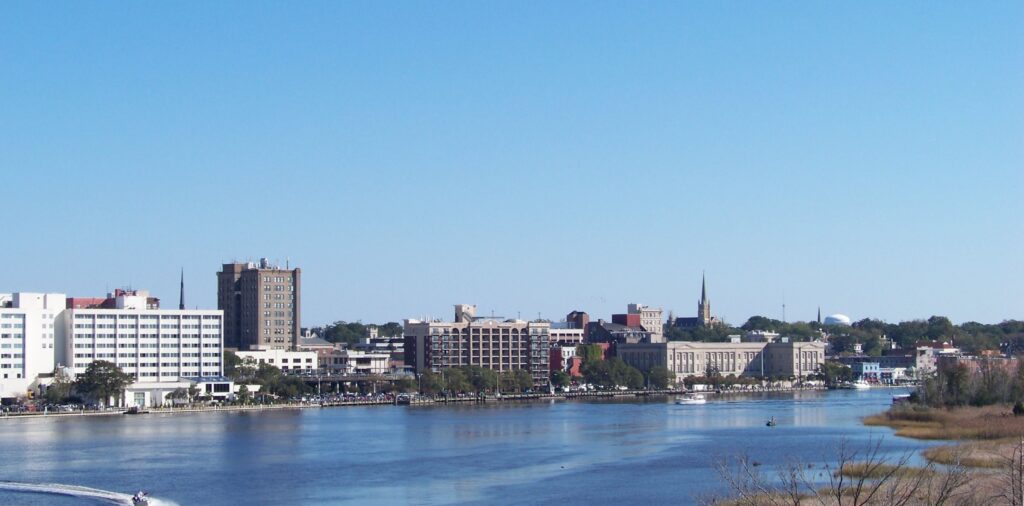
8. **Where You’re Located: Moderate Climate States (e.g., North Carolina, Georgia, Virginia)
Moving to states with more moderate climates, such as North Carolina, Georgia, or Virginia, we observe a distinct shift in market dynamics compared to their consistently warm counterparts. Here, the riding season, while still substantial, is more clearly defined by the changing seasons. Consequently, spring and early summer stand out as the undeniably ideal periods for selling, mirroring the general national trend of heightened buyer activity as temperatures rise and the open road beckons with inviting conditions. This initial rush is often driven by riders eager to embark on spring and summer adventures.
However, the beauty of moderate climates lies in their extended window of opportunity. While the intense peak might be in spring, the selling season doesn’t abruptly halt with the arrival of late summer. Instead, it gracefully extends into early fall, often until October or even November, allowing sellers a more prolonged period to find a suitable buyer. This sustained interest occurs because the weather remains pleasant enough for riding, and the mild chill of autumn isn’t severe enough to deter enthusiastic riders, especially those who appreciate the crisp air and changing foliage.
This longer active period provides valuable flexibility for sellers who may not be ready to list their bike in the earliest spring surge. It means there’s less pressure to hit a very narrow peak and more room to prepare the motorcycle for sale properly. Buyers in the fall in these regions might be looking for a bike to enjoy during the milder autumn days or even planning for the following spring, often anticipating slight price adjustments as the full winter approaches.
For sellers in these states, the strategy involves capitalizing on the initial spring surge but also being prepared to maintain an active listing well into the fall. Prompt listing early in the season, after getting some final summer rides in, can certainly work. It’s about recognizing that while the absolute “peak” might pass, a robust and receptive market persists for several months, demanding competitive pricing and a well-presented motorcycle to capture the lingering interest before winter truly sets in and significantly reduces buyer motivation.
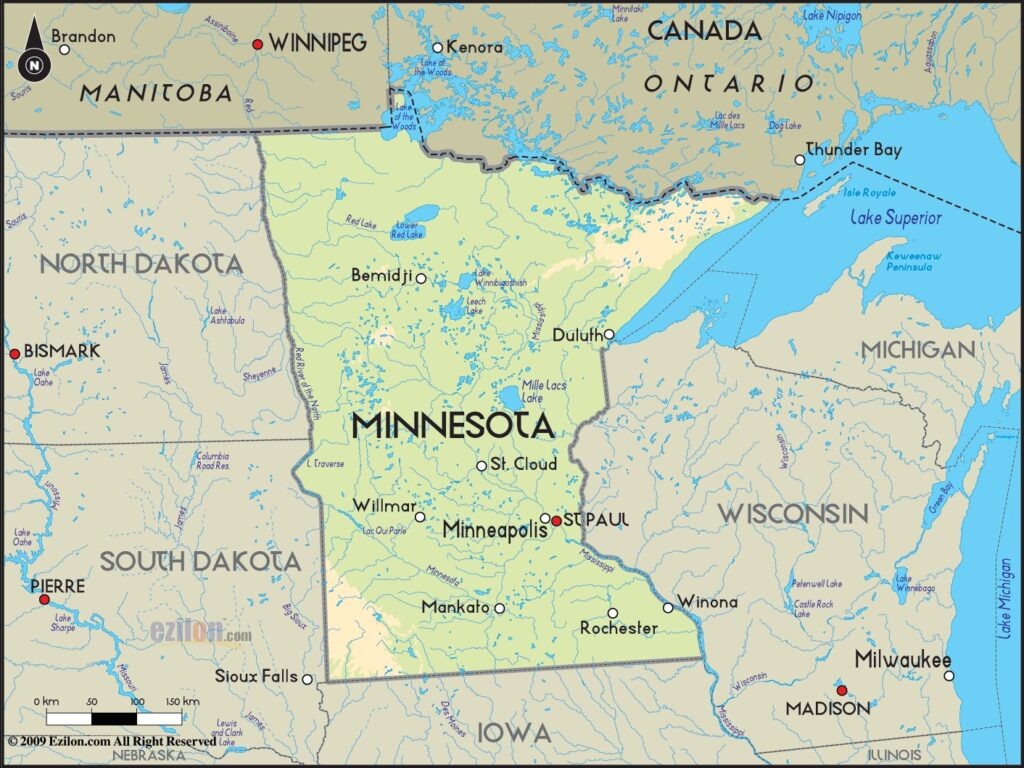
9. **Where You’re Located: Cold Climate States (e.g., Minnesota, Michigan, New York, Pennsylvania)**
In stark contrast, cold climate states like Minnesota, Michigan, New York, and Pennsylvania present the most condensed and challenging selling environments for motorcycles. The harsh realities of winter, characterized by snow, ice, and freezing temperatures, dramatically shorten the practical riding season to a few precious months. This naturally funnels nearly all buyer activity into a very specific, limited window, making strategic timing absolutely critical for a successful sale and maximizing your return.
For sellers in these regions, early spring, typically from March to May, becomes the singular, most advantageous time to list a motorcycle. As soon as the first signs of thaw appear and the roads clear, riders emerge from their winter dormancy, eager to purchase a new bike for the impending, albeit brief, riding season. This period sees a rapid surge in demand, allowing sellers to command competitive prices and secure quicker transactions, as buyers are highly motivated to “gear up” before the prime riding days slip away. The anticipation for riding after a long winter truly drives the market.
This intense, but short, peak demand means sellers must act quickly and decisively. A motorcycle that is well-maintained, competitively priced, and effectively marketed during this narrow window will undoubtedly attract the most serious attention. Neglecting to list during this crucial period often means facing significantly reduced interest and potentially having to hold onto the bike for another full year, or accepting a much lower offer when demand is at its nadir.
Conversely, winter, spanning November to February, is unequivocally the least favorable time to sell in cold climate states. With riding impractical and storage taking precedence, buyer interest plummets, often leading to significantly lower prices and extended selling times for those who must sell. The strategy here often involves patiently waiting for spring or, if urgency dictates, being prepared to offer substantial discounts or explore shipping options to warmer markets to mitigate the severe local market slowdown and avoid the steep depreciation associated with off-season sales.
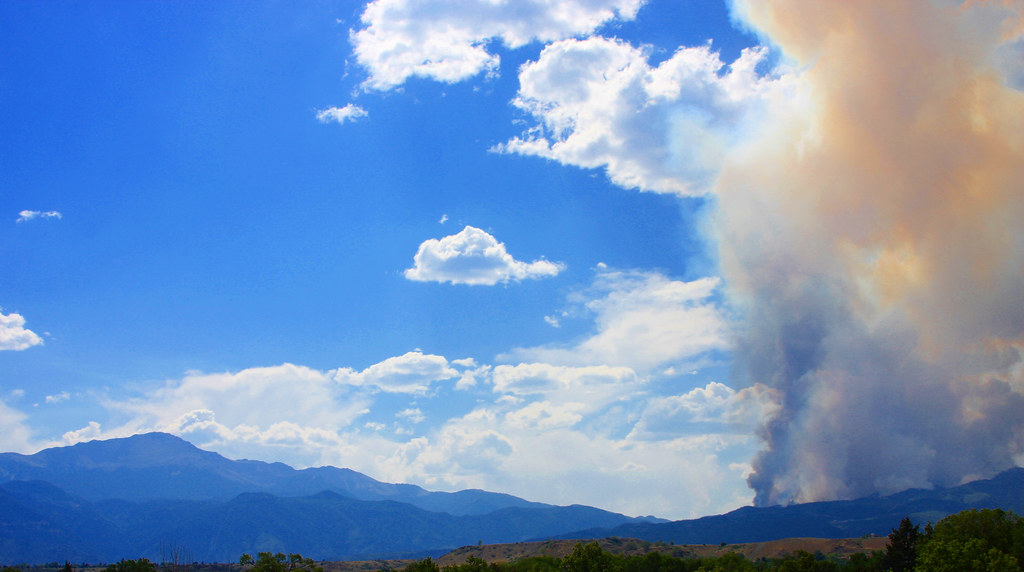
10. **Where You’re Located: Mountain States (e.g., Colorado, Utah)
Mountain states, such as Colorado and Utah, introduce an interesting dichotomy to motorcycle sales timing, largely dependent on altitude. For regions situated at lower altitudes, the climate patterns often align more closely with those of moderate or even warmer states, allowing for extended riding and selling periods. Here, the selling windows can be quite generous, with demand holding strong from spring well into late summer and early fall, as the milder temperatures permit prolonged enjoyment of the scenic roads and breathtaking vistas.
However, the higher altitudes within these states present a dramatically different scenario. At elevated elevations, the riding season is considerably shorter, often compressed into the late spring and early summer months, typically from April to June. Winter arrives early and lingers late, effectively limiting the window during which a motorcycle can be comfortably ridden and, consequently, successfully sold. This necessitates a highly focused selling strategy during these brief, optimal periods when the mountain passes are clear and inviting.
To maximize a sale in these unique environments, sellers should emphasize aspects that cater to the local riding culture. Highlighting a bike’s capability for mountain passes, its reliability for varied elevations, or any specialized gear suited for changeable weather conditions can significantly boost its appeal. Local enthusiasts are often discerning, looking for machines that can handle the specific demands of their terrain, making targeted marketing essential.
For sellers in mountain states, understanding and acknowledging their specific elevation is paramount. Those at lower altitudes can leverage longer selling seasons, while those in mountainous terrain must be acutely aware of their narrow “prime time.” Irrespective of altitude, ensuring the motorcycle is meticulously maintained and presented during these brief windows of opportunity is key to capturing the attention of eager buyers who are ready to hit the winding mountain passes as soon as the snow melts and the riding conditions become favorable.
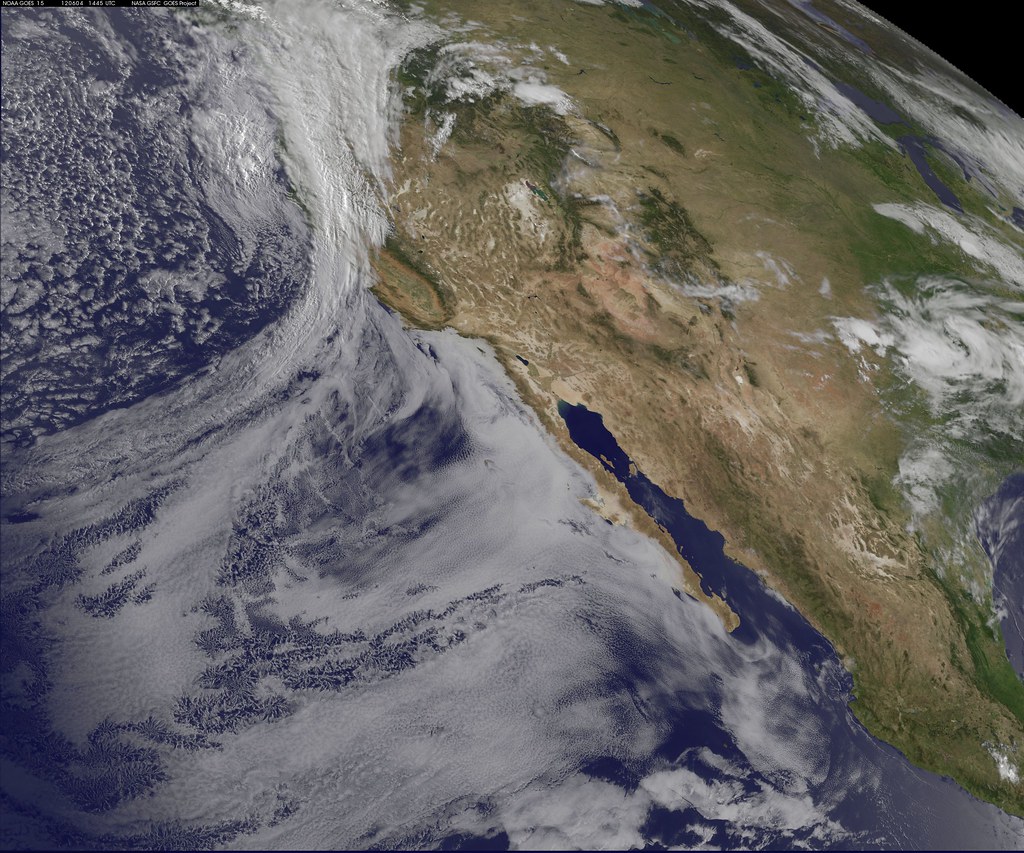
11. **Where You’re Located: Pacific Northwest (e.g., Washington, Oregon)
The Pacific Northwest, encompassing states like Washington and Oregon, offers yet another unique set of climatic conditions that shape motorcycle selling dynamics. Characterized by a prominent rainy season that stretches from late fall through early spring, demand for motorcycles typically sees a significant reduction during these wetter months. The pervasive dampness and cooler temperatures understandably deter potential buyers from making a purchase they cannot immediately enjoy on the open road, leading to a quieter market.
Consequently, the prime selling window in the Pacific Northwest is concentrated in the spring and early summer, generally from April to July. This period, known for its drier weather and more favorable riding conditions, witnesses a resurgence of buyer interest. As the skies clear and temperatures become more inviting, riders are eager to acquire new machines, creating a robust market for sellers to capitalize on. Listing during this time maximizes exposure and the likelihood of securing a strong offer, as local riders are keen to make the most of the sunnier days.
The type of motorcycle can also influence sales in this region. While all bikes see a boost in demand during the drier months, those with features like heated grips, good wind protection, or even all-weather tires might hold slightly better appeal or an extended selling period for dedicated riders who brave the elements more frequently. However, for the majority of casual buyers, the appeal is strongly tied to fair weather and dry roads.
While late fall, specifically September to October, can sometimes serve as a secondary selling opportunity during drier spells, it’s generally a tapering-off period where buyers might expect some negotiation on price. Sellers in the Pacific Northwest must be particularly adept at timing their listings to coincide with the relatively brief dry seasons, ensuring their motorcycles are showcased when the weather is most conducive to riding. Prioritizing excellent presentation and competitive pricing during these windows is essential to overcome the regional climatic challenges and achieve a successful sale.
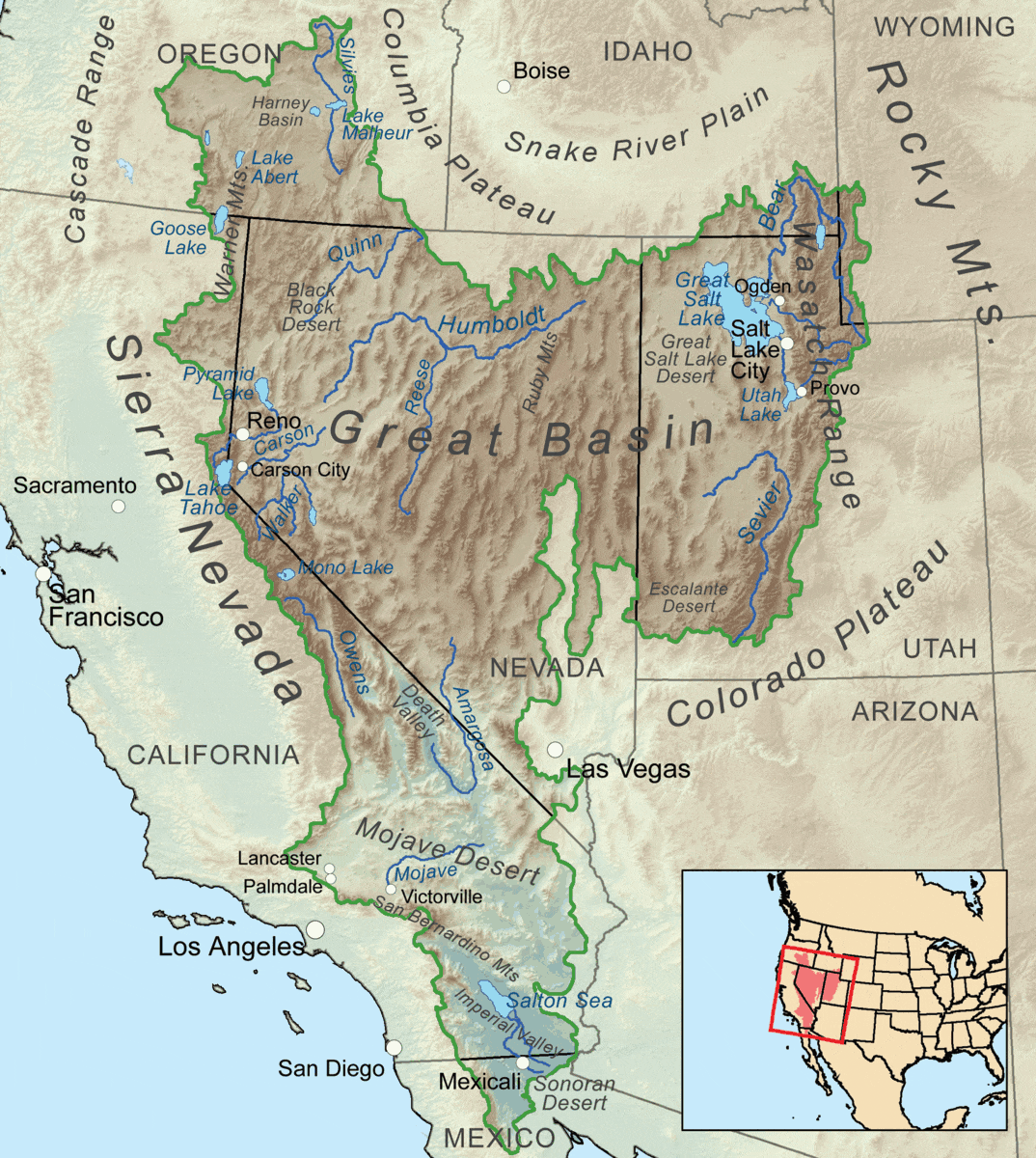
12. **Where You’re Located: Desert States (e.g., Nevada, New Mexico)
Desert states, such as Nevada and New Mexico, present a fascinating reversal of the typical seasonal selling patterns observed in most other regions. Here, the scorching heat of peak summer (June to August) becomes a significant deterrent for motorcycle buyers, effectively slowing down sales during a period that is often considered prime elsewhere. Riding in extreme heat can be uncomfortable and even dangerous, causing demand to dip considerably when temperatures soar to triple digits, making extended rides less appealing.
Instead, the optimal selling periods in desert climates shift to the cooler, more moderate temperatures of winter and early spring. From December through April, as the intense summer heat subsides, riders in these states experience ideal riding weather. This creates a robust market where buyers are actively looking for motorcycles they can enjoy comfortably on scenic desert highways and mountain roads. Sellers who list their bikes during these months are more likely to attract eager local buyers and secure a favorable transaction without prolonged waiting.
This extended “off-season” selling window is a significant advantage, particularly for those looking to upgrade or make a quick sale. The lack of snow and ice, combined with pleasant temperatures, means that the effective riding season is almost year-round, simply shifting its peak away from the summer. Local dealerships and private sellers alike adjust their strategies to align with these unique climatic demands, often offering promotions during these cooler months to attract a ready audience.
However, sellers in desert states can also strategically target out-of-state buyers during their local summer lull. Riders from colder climates might be enticed by the possibility of purchasing a motorcycle that has been primarily ridden in dry, non-corrosive conditions, even if they plan to ship it elsewhere. For local sales, though, aligning your listing with the milder temperatures of winter and spring is the most effective approach to ensure your motorcycle finds a new owner without having to endure a lengthy or price-compromising wait, leveraging the natural advantages of the regional climate.
Navigating the dynamic landscape of motorcycle sales, from understanding seasonal ebbs and flows to recognizing regional climate nuances, empowers you with significant leverage. Beyond mere timing, securing a transparent and profitable transaction hinges on meticulous preparation, accurate valuation, and choosing the right sales channel. Whether you opt for a private sale to maximize returns or seek the convenience of a specialized Powersport Buyer for a swift cash offer, prioritizing a well-maintained motorcycle and clear communication is paramount. Ultimately, your journey to a successful sale is best assured by combining market wisdom with practical execution, transforming a complex process into a rewarding experience, ensuring your beloved machine finds its next adventure at the optimal value.

